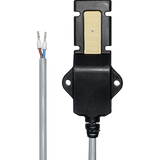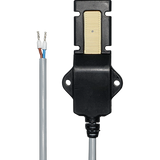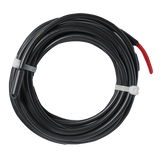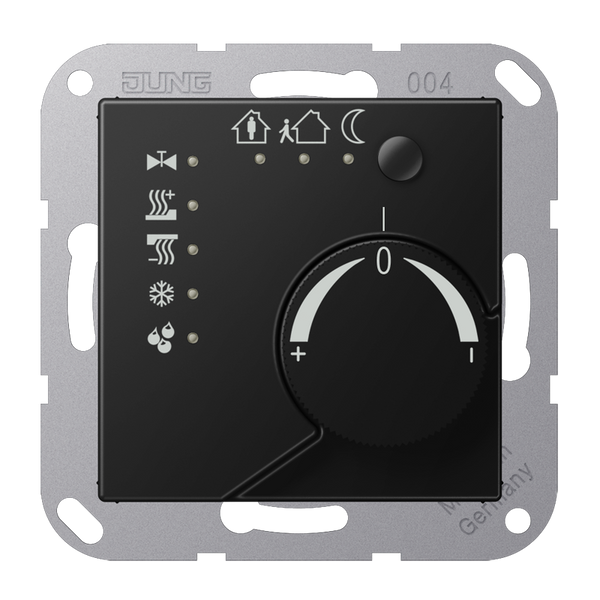Register to unlock your exclusive B2B prices and start shopping. Sign up now!
KNX room temperature controller A2178TSSWM
Order only
Price (excl. VAT):
288,83 €
EAN: 4011377206069
MPN: A2178TSSWM
Box: 1
Estimate delivery time at our warehouse (approx.):
2-4 weeks
Technical Information
| Item condition | New |
| Manufacture name | KNX room temperature controller A2178TSSWM |
| Brand | Jung |
| Categories |
Bus System Devices (KNX/Modbus)
|
| Country of origin* | DE |
| * The actual country of origin may differ depending on the delivery batch. To confirm the specific country of origin, please contact your account manager. | |
| Harmonized System Code | 9032 1020 00 |
| Assembly arrangement | Control element |
| Bus system KNX | Yes |
| Bus system radio frequent | No |
| Bus system Powernet | No |
| With bus connection | Yes |
| Bus system LON | No |
| Bus system KNX radio | No |
| Radio frequent bidirectional | No |
Packing details
| Packing level 1 | 4011377206069 |
| Packing level 2 | 4011377206069 |
Other Technical data
| Mounting method | Flush mounted (plaster) |
| Colour | Black |
| Surface protection | Lacquered |
| With display | No |
| Material quality | Thermoplastic |
| Material | Plastic |
| With anti-theft/dismantling protection | Yes |
| Manual set point setting | Yes |
| Parallel-service possible | Yes |
| Presence button | Yes |
| RAL-number (similar) | 0 |
| Degree of protection (IP) | IP20 |
| With LED indication | Yes |
| Transparent | No |
| Surface finishing | Matt |
| With local operation | Yes |
| Standby power consumption (solstandby) | 0.01 W |
| Min. depth of built-in installation box | 0 mm |
Downloads
Description
KNX room temperature controller A2178TSSWM manages indoor climate through manual setpoint adjustments and presence detection features interfaced with a KNX bus system.Enables direct local control with LED indication, anti-theft mechanism installed.;Flush-mounted design in black thermoplastic plastic material, lacquered surface, matt finish appearance.IP20 protection rating for restricted areas not exposed to moisture or dust ingress.Requires no depth for built-in installation boxes;compact integration in plaster mounting setups possible.Control element setup valid for parallel service operations on KNX networks only — no support for radio frequency communication, LON systems, or alternate bus types noted in specs. Standby power consumption minimal at 0.01 W ensuring energy-efficient idle operation aligned to KNX usage requirements without display integration present either functionally or visibly externally positioned sensor absent from scope entirely operationally optimized around straightforward user-based action matrices manual setpoint + tactile adjustments carried out directly onsite local input-focused control scheme
Accessories

Order only
Jung
Leakage sensor LES01
90,69 €
EAN: 4011377158283
MPN: LES01
Box: 1

Order only
Jung
Condensation sensor BTS01
90,69 €
EAN: 4011377158290
MPN: BTS01
Box: 1

Order only
Jung
Remote sensor FFNTC
24,41 €
EAN: 4011377206977
MPN: FFNTC
Box: 1
Accessories
4011377991231

